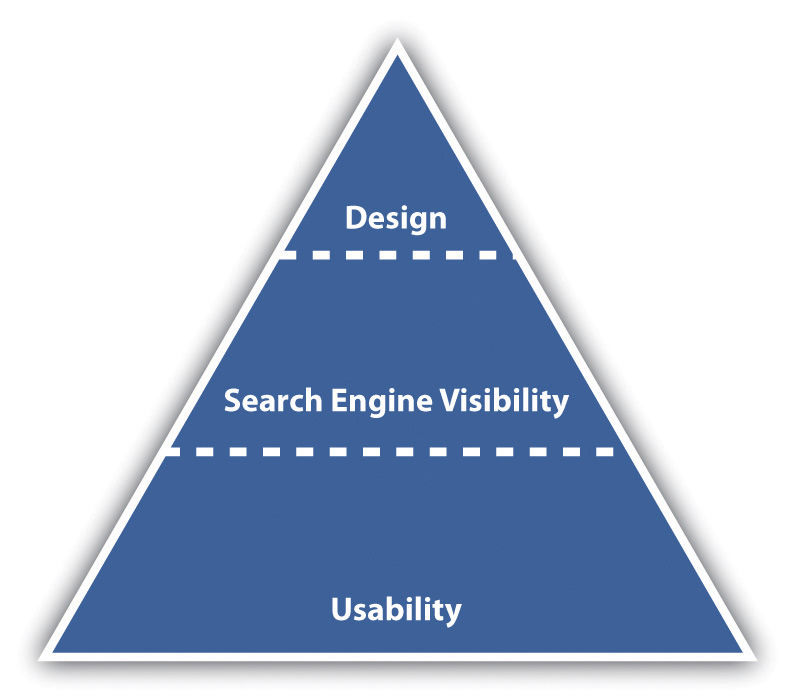This is “Introduction”, section 13.1 from the book Online Marketing Essentials (v. 1.0). For details on it (including licensing), click here.
For more information on the source of this book, or why it is available for free, please see the project's home page. You can browse or download additional books there. To download a .zip file containing this book to use offline, simply click here.
13.1 Introduction
Web development and design are at the heart of successful eMarketing, yet many marketers do not understand the importance of laying solid foundations here. Like building a house, solid foundations are key to stability, longevity, and even scalability. Developing a Web site involves more than choosing colors and header images.
While it is tempting to focus on the design aesthetics of Web sites, and eye-catching Web sites can be converting Web sites, it is important to remember that a Web site is a marketing tool that should be increasing revenue for the company. Web sites should be built to serve the needs of the user. A Web site is not something that users stare at—navigation usually requires action and interaction from the Web visitor. If the user’s needs are served, the Web site will be more likely to enable the company to achieve its goals.
Figure 13.1 Important Factors to Consider When Optimizing for Search

While designers tend to talk about vision and can find conventions constraining, users of Web sites like conventions. They like Web sites that just work, without any thinking on their behalf.
How It Works
Usability is the number one element that needs to be considered when developing a site. Search engine visibility is the second most important factor. No one can negate the importance that search engines play in online marketing—and if their spiders cannot find a site, it is almost certain that potential customers won’t either. (Bear in mind that there are some Web sites that are designed to be found in other ways—the importance of search traffic needs to be determined before the Web site is built.) Aesthetic design is now the least important factor—but that certainly doesn’t mean that sites need to be so ugly that they turn visitors into stone. It just means that design needs to be hinged on usability and search engine visibility rather than vice versa. Web sites can still be gorgeous; they just need to fulfill other goals as well—the key here is usability and conversion-oriented design.
Note
“Design” can refer to the structural design of a Web site—which is fundamental—or to the aesthetic presentation of a Web site. We’ll use design to refer to aesthetic presentation.
While it is critical that a site is built for optimal crawling, indexing, and ranking by search engines (its search engine visibility), the site also needs to be worthy of traffic. It needs to be built for users. It should be usable and accessible with great content and conversion-oriented design. Fortunately, optimizing a site for usability and accessibility usually enhances search engine friendliness.




